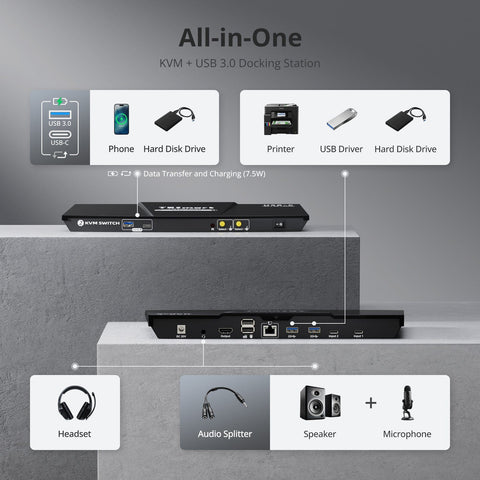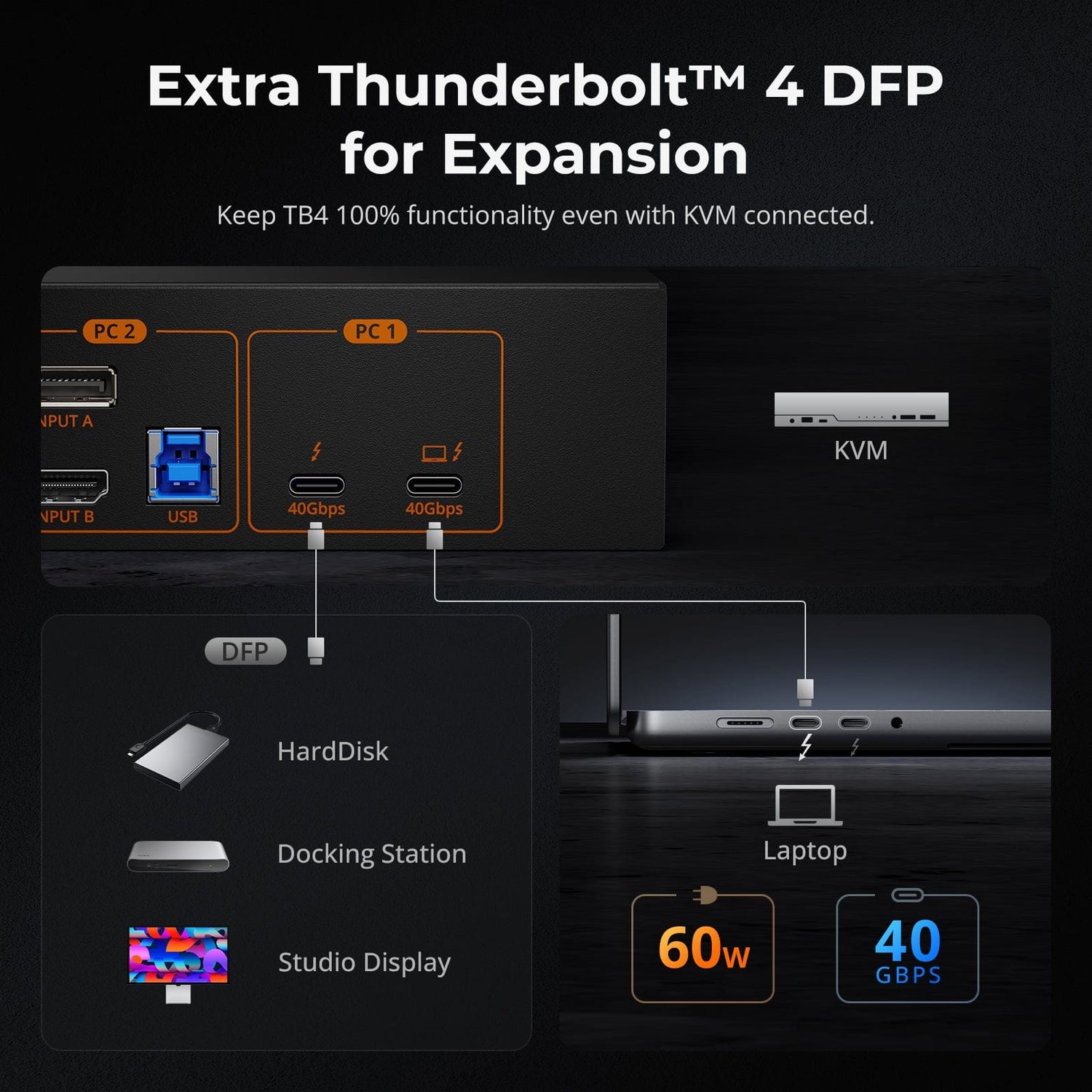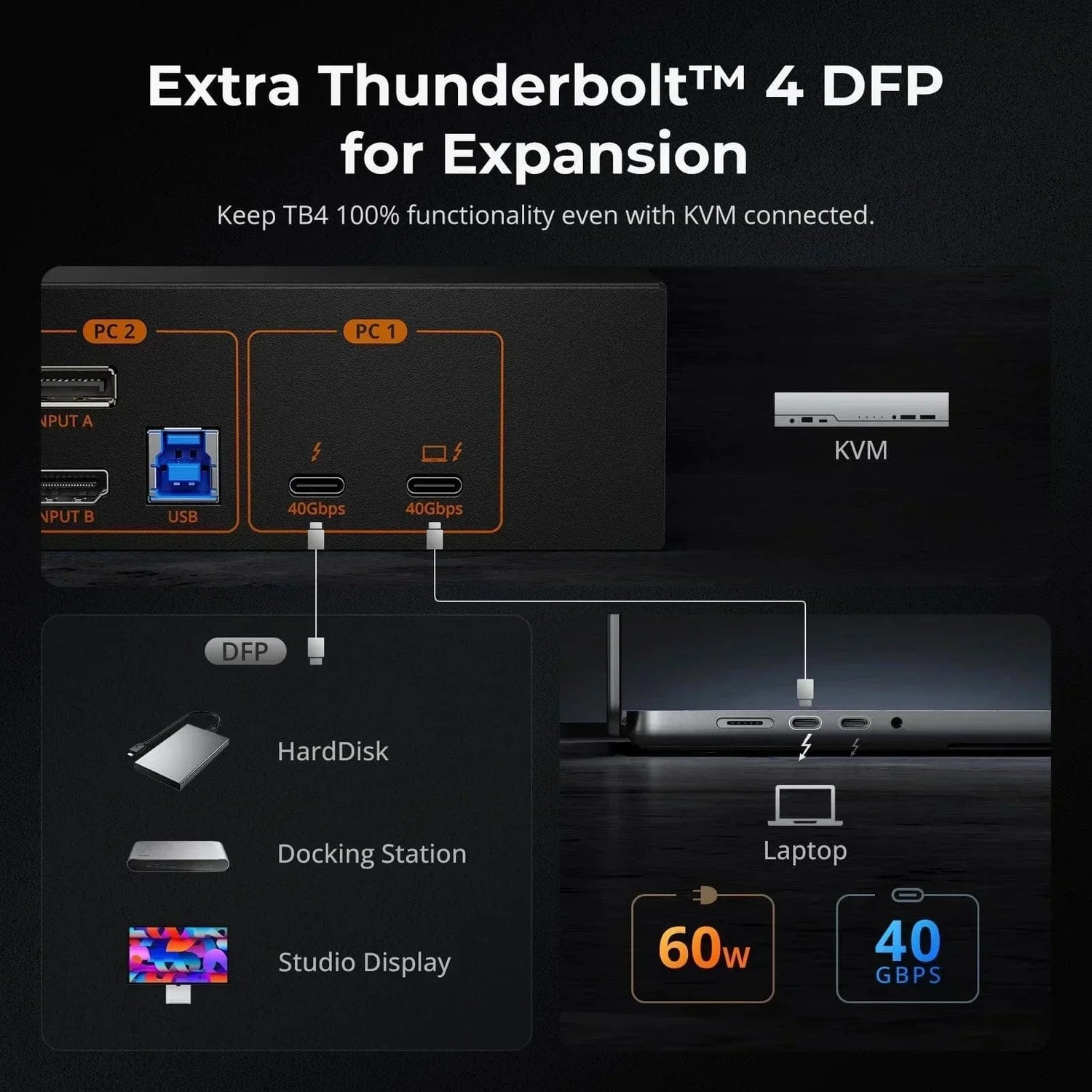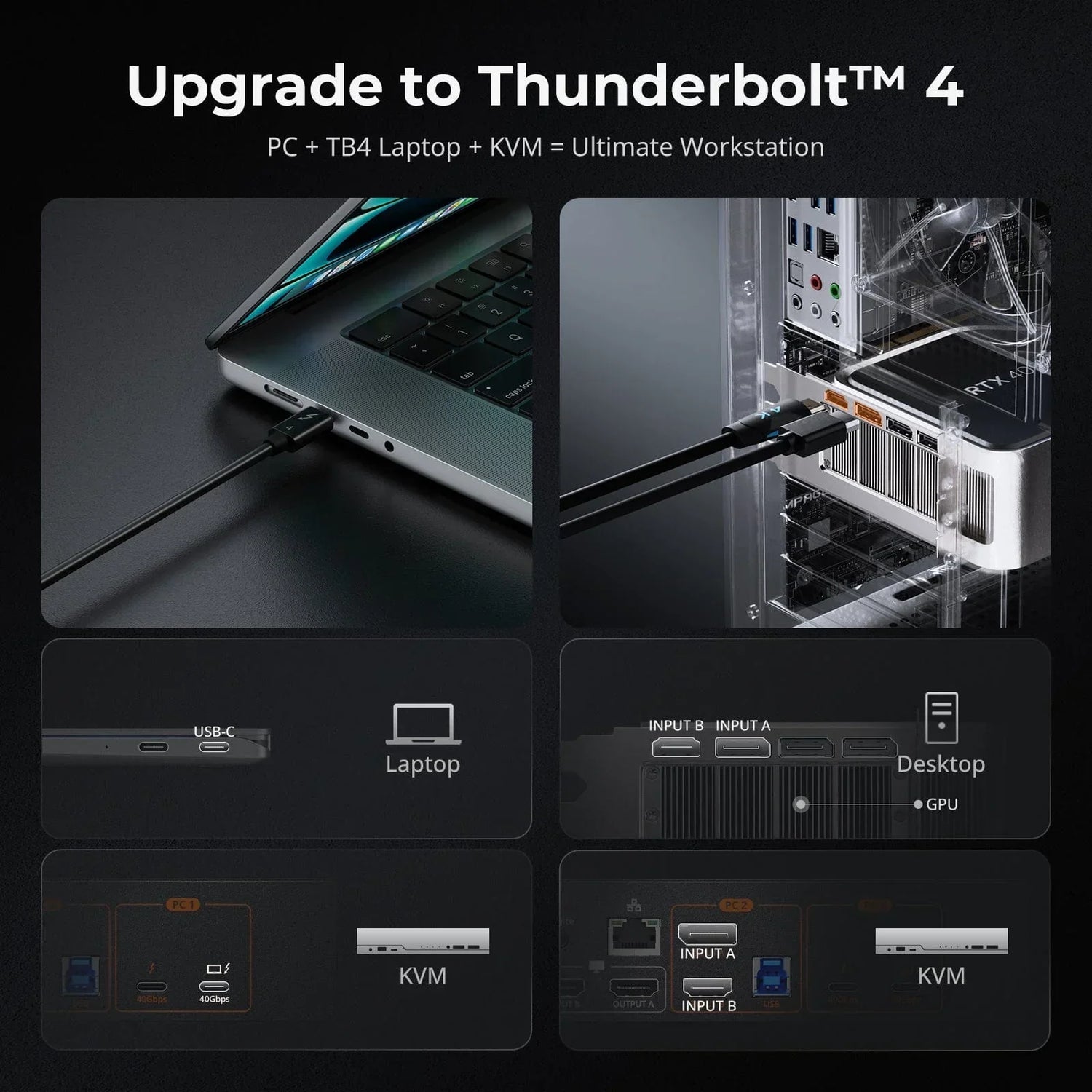A docking station is a versatile hardware device that allows a laptop or other portable computer to connect to multiple peripherals and accessories. A laptop benefits significantly from a docking station, which enhances its connectivity, expands its ports, supports multiple monitors, and provides a more ergonomic and efficient workspace. This single connection device not only charges the laptop but also offers faster data transfer, a stable wired internet connection, and a clutter-free, organized setup, transforming a portable laptop into a powerful desktop-like workstation. For example, common docking stations include USB hubs, ThinkPad docking stations tailored for Lenovo laptops, and specific models like the Dell WD19TB Thunderbolt Dock, each offering unique features suited to various user needs.
What is a Docking Station?
A docking station, also known as a port replicator, is a device that provides a simplified way to connect a laptop to various peripherals simultaneously. It typically includes multiple ports such as USB, HDMI, DisplayPort, Ethernet, audio jacks, and more. Docking stations can be connected to a laptop via a single cable, often through a USB-C or Thunderbolt port, which then provides access to all the connected devices.
Key Features
Port Expansion: Adds extra ports for USB devices, monitors, network cables, and more.
Power Delivery: Many docking stations can charge your laptop while connected.
Ease of Use: Allows for quick and easy connection and disconnection of multiple peripherals.
Enhanced Connectivity: Supports multiple monitors, keyboards, mice, and other devices.
Improved Ergonomics: Facilitates a more comfortable and organized workspace.
How Does a Docking Station Work?
As explained above that a docking station connects a laptop to numerous peripheral devices, transforming it into a versatile work center that enhances productivity.
While it might seem similar to hubs, which also offer multiple ports for connecting various devices, docking stations function differently. Unlike hubs, a docking station is plugged into a power outlet, supplying power to both the laptop and the connected peripherals.
It supports one or more monitors through various video ports, which can include DisplayPort, mini-DisplayPort, DVI, VGA, and HDMI. Additionally, docking stations often feature card readers, Gigabit Ethernet support, and various audio connections. Each docking station's capabilities can vary, providing different types of video and connectivity options.
Types of Docking Stations
Actually, the type of docking station you need is indeed influenced by the ports available on your laptop or tablet. Different types of docking stations correspond to different port types to ensure compatibility and functionality. Here’s a breakdown based on common port types:
-
Wired Docking Stations
These docking stations connect to your laptop or tablet via a physical cable, typically USB-A, USB-C, Thunderbolt, or a proprietary connector. They can further be categorized based on the types of ports they offer:
Single Type Port: Docking stations that primarily offer multiple ports of the same type (e.g., multiple USB-A ports, multiple USB-C ports).
Mixed Type Ports: Docking stations that include a variety of ports (e.g., USB-A, USB-C, HDMI, DisplayPort, Ethernet, audio) to accommodate different connectivity needs.
-
Wireless Docking Stations
These docking stations connect wirelessly to your laptop or tablet, often using technologies like Wi-Fi or Bluetooth. They may still include a USB receiver for wireless connection, but they offer a cable-free setup and can also be classified based on their port types:
Single Type Port: Wireless docking stations that focus on offering multiple ports of the same type wirelessly.
Mixed Type Ports: Wireless docking stations that provide a variety of ports wirelessly, catering to diverse connectivity requirements.
These are specialized docking stations that integrate KVM (Keyboard, Video, Mouse) switch functionality. They allow you to control multiple computers (PCs or laptops) using a single set of peripherals (keyboard, mouse) and monitor(s).
KVM switch docking stations support high-resolution displays, fast refresh rates, and come with various ports like USB for sharing devices, HDMI or DisplayPort for video, Ethernet for networking, and audio jacks for sound. They're great for workplaces needing efficient setup management, strong connections, and excellent display quality.
Why You Need a Docking Station?
Simplified Connectivity
Connecting a single cable from the docking station to your laptop eliminates the need to plug and unplug multiple devices every time you set up or pack up your workspace. This saves time and reduces wear and tear on your laptop’s ports.
Enhanced Mobility
For those who frequently move between home and office or different workstations, a docking station allows for seamless transitions. You can leave all your peripherals connected to the docking station and simply dock or undock your laptop as needed.
Clutter-Free Workspace
By consolidating all your connections into a single device, a docking station helps to keep your workspace tidy and free from cable clutter. This contributes to a more organized and efficient working environment.
Versatility and Compatibility
Docking stations are compatible with a wide range of devices and operating systems, making them a versatile solution for various setups. Whether you’re using Windows, macOS, or Linux, a docking station can seamlessly integrate into your workflow.
Why Choose KVM Switch Docking Stations
Choosing a KVM switch docking station combines the functionality of a KVM (Keyboard, Video, Mouse) switch with the versatility of a docking station. This dual capability allows you to manage multiple computers seamlessly while providing essential connectivity ports for peripherals and external displays. It's a space-saving, efficient solution for users needing multi-computer control and comprehensive connectivity in one device.
CKS201-M23 USB-C KVM switch with a docking station offers true 8K@60Hz vision, enhanced by pioneering EDID emulation technology. This advanced device supports 12-bit color for precision in 8K/4K editing and 4K/144Hz gaming, featuring Dynamic HDR, VRR, FVA, and ALLM for stable, tear-free visuals compatible with Nvidia and AMD graphics cards. The switch includes complete PC cables, manages two laptops with a single keyboard, mouse, and 8K60Hz display, and provides built-in 60W power modules. It supports resolutions up to 8K@60Hz and is backward compatible with 4K@60Hz/120Hz/144Hz, compliant with DP 1.4 output. Features include wired network support, multiple input switching methods, EDID emulation, keyboard and mouse pass-through, USB 3.2 Gen 1 for high-speed data transfer, and compatibility with various operating systems and scenarios, making it ideal for home, office, or educational use.
Conclusion
Choosing a KVM switch docking station offers a powerful solution for streamlining your workspace. By combining the functionality of a KVM (Keyboard, Video, Mouse) switch with versatile docking capabilities, these devices allow seamless control over multiple computers using a single set of peripherals and monitors. This integration not only enhances productivity but also simplifies connectivity with comprehensive port options for various peripherals and high-resolution displays. Whether you're managing multiple tasks across different systems or aiming for a clutter-free setup, a KVM switch docking station provides the efficiency and versatility needed to optimize your workstation.
More Resources
KVM Switch vs. Docking Station: Choosing the Right Solution for YouWhy Choose USB 3.0 KVM Switch Docking Stations











